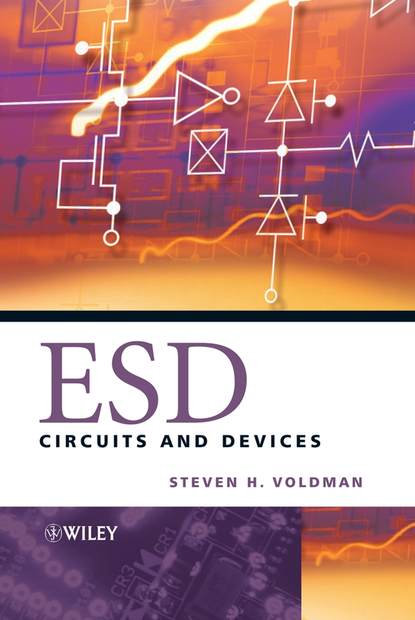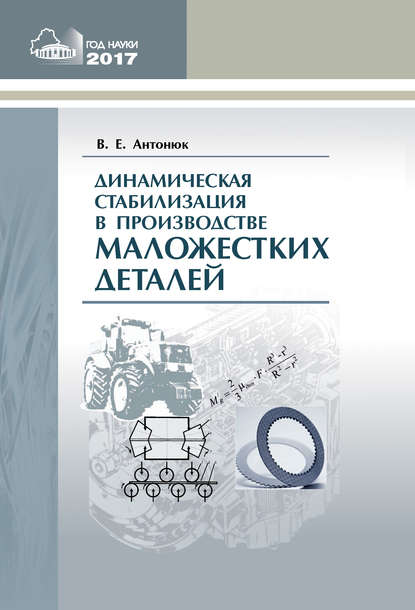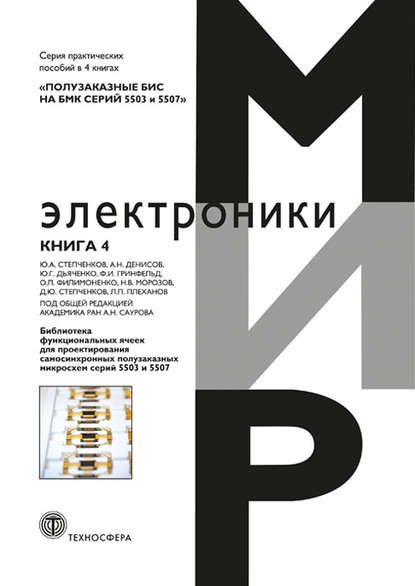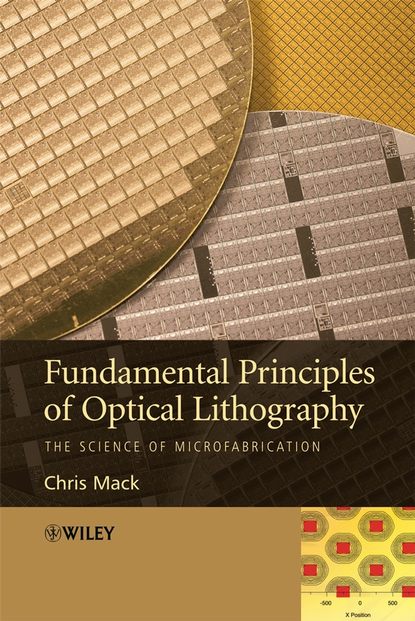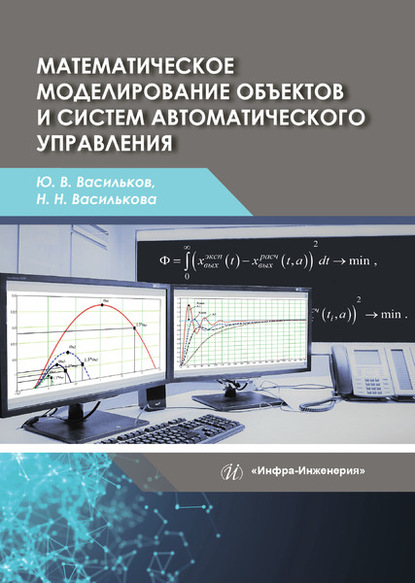Эта книга написана Стивеном Волдманом Х. Она описывает масштабирование полупроводниковых устройств от микрометровых до нанометрических размеров, что привело к необходимости понимания проектирования схем электростатического разряда (ESD), а также реакции этих интегральных схем (IC) на явления ESD.
В книге “ESD Circuits и Devices” дается четкое представление о компоновке и проектировании схем для защиты от электрической перегрузки (EOS) и ESD. С упором на примеры, в тексте объясняется буферизация и балластирование ESD, распределение тока, сегментация дизайна, обратная связь, связывание и методы деактивации ESD; излагаются основные аналитические модели и экспериментальные результаты для проектирования ESD MOSFET и диодных полупроводниковых элементов с акцентом на технологии CMOS, кремниевых на изоляторе (SOI) и кремния германия (SiGe). В книге рассматривается проектирование, оптимизация, интеграция и синтез этих элементов в сети ESD, а также их применение за пределами чипа.
Электронная Книга «ESD» написана автором Steven Voldman H. в году.
Минимальный возраст читателя: 0
Язык: Английский
ISBN: 9780470030066
Описание книги от Steven Voldman H.
The scaling of semiconductor devices from sub-micron to nanometer dimensions is driving the need for understanding the design of electrostatic discharge (ESD) circuits, and the response of these integrated circuits (IC) to ESD phenomena. ESD Circuits and Devices provides a clear insight into the layout and design of circuitry for protection against electrical overstress (EOS) and ESD. With an emphasis on examples, this text: explains ESD buffering, ballasting, current distribution, design segmentation, feedback, coupling, and de-coupling ESD design methods; outlines the fundamental analytical models and experimental results for the ESD design of MOSFETs and diode semiconductor device elements, with a focus on CMOS, silicon on insulator (SOI), and Silicon Germanium (SiGe) technology; focuses on the ESD design, optimization, integration and synthesis of these elements and concepts into ESD networks, as well as applying within the off-chip driver networks, and on-chip receivers; and highlights state-of-the-art ESD input circuits, as well as ESD power clamps networks. Continuing the author’s series of books on ESD, this book will be an invaluable reference for the professional semiconductor chip and system ESD engineer. Semiconductor device and process development, quality, reliability and failure analysis engineers will also find it an essential tool. In addition, both senior undergraduate and graduate students in microelectronics and IC design will find its numerous examples useful.
